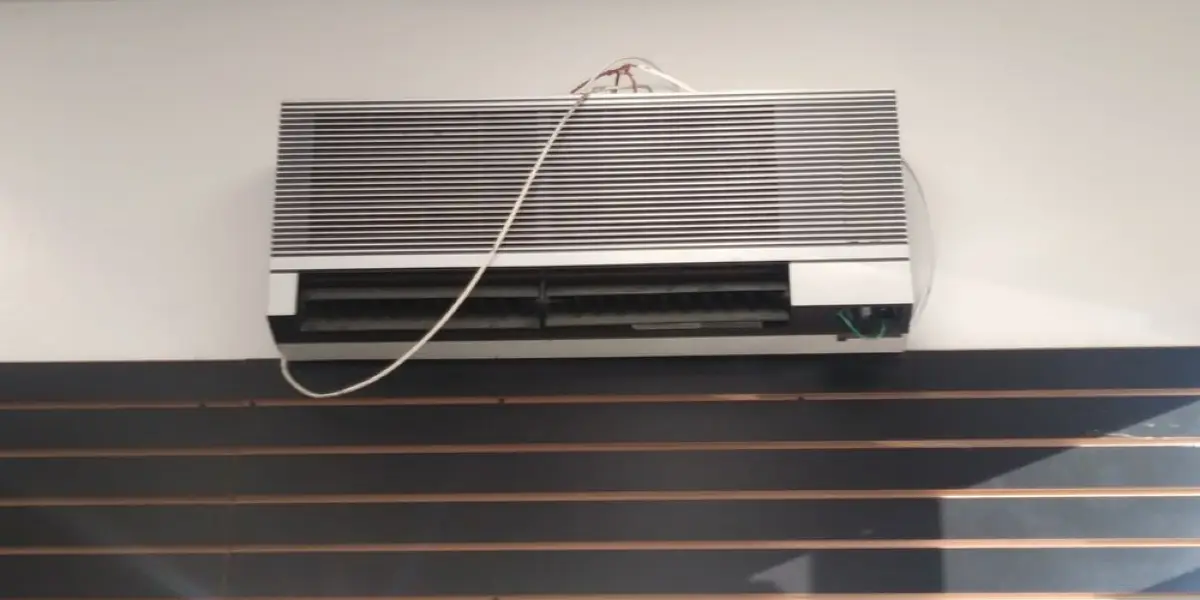In the realm of home climate control, there’s a silent revolution underway. More and more homeowners are opting for ductless mini-split HVAC systems over traditional central air conditioning and heating units. This shift marks a significant departure from conventional methods of temperature regulation, offering a myriad of benefits that are reshaping the landscape of home comfort. Let’s delve into the reasons behind this surge in popularity and explore the wonders of ductless mini splits.
Understanding Ductless Mini Splits
At their core, ductless mini splits operate on a simple yet ingenious principle. Unlike traditional HVAC systems that rely on ductwork to distribute conditioned air, mini splits consist of two main components: an outdoor compressor/condenser unit and one or more indoor air-handling units. These units are connected by a conduit containing power and refrigerant lines, which allows for the transfer of heated or cooled air.
The Installation Process
One of the most attractive features of ductless mini splits is their ease of installation. Unlike central air systems, which require extensive ductwork throughout the house, mini splits require only a small hole to connect the indoor and outdoor units. This means less disruption to your home during installation and greater flexibility in placement.
Typically, the indoor unit is mounted high on a wall or ceiling, ensuring optimal airflow throughout the room. The outdoor unit can be placed discreetly outside the home, often requiring minimal space. Once installed, the system can be up and running in a matter of hours, providing instant relief from uncomfortable temperatures.
Benefits Galore
The surge in popularity of ductless mini splits can be attributed to a multitude of benefits that these systems offer:
Energy Efficiency
Mini splits are renowned for their energy efficiency. By allowing for zone-specific temperature control, they eliminate the need to cool or heat unoccupied rooms, thus reducing energy wastage. Additionally, mini splits use inverter-driven compressors, which adjust their speed based on the cooling or heating requirements, leading to significant energy savings.
Cost Savings
Lower energy consumption translates to reduced utility bills over time. While the initial investment in a ductless mini-split system may be slightly higher than that of a conventional HVAC system, the long-term savings make it a financially prudent choice for homeowners.
Improved Indoor Air Quality
Traditional ducted systems can harbor dust, allergens, and other contaminants, which are then circulated throughout the home. Ductless mini splits, with their multi-stage filtration systems, help to purify the air by capturing particles and pollutants, leading to cleaner and healthier indoor air.
Flexibility and Zoning
One of the most significant advantages of mini splits is their ability to provide customized comfort through zoning. Each indoor unit can be controlled independently, allowing occupants to set different temperatures for various areas of the home. This flexibility not only enhances comfort but also eliminates the need for bulky, space-consuming ductwork.
Quiet Operation
Ductless mini splits operate quietly, ensuring a peaceful and tranquil indoor environment. With the noisy compressor unit located outdoors and the indoor units equipped with advanced sound-dampening technology, these systems are virtually silent, making them ideal for bedrooms, offices, and other noise-sensitive areas.
Space Savings and Aesthetics
The absence of ductwork frees up valuable space within the home and offers greater design flexibility. Indoor units come in sleek, compact designs that blend seamlessly with any decor, while the outdoor unit can be discreetly installed out of sight.
The Future of Home Comfort
As homeowners become increasingly conscious of energy consumption, indoor air quality, and overall comfort, the popularity of ductless mini-split HVAC systems continues to soar. With their unmatched efficiency, versatility, and ease of installation, mini splits are poised to revolutionize the way we heat and cool our homes.
Whether you’re building a new home or looking to upgrade your existing HVAC system, consider the myriad benefits of ductless mini splits. With their ability to deliver personalized comfort, energy savings, and enhanced indoor air quality, these innovative systems are not just a trend but a smart investment in the future of home comfort.
FAQs
Traditional HVAC systems rely on ductwork to distribute heated or cooled air throughout the home, while ductless mini splits use individual indoor units to deliver air directly into specific zones. This eliminates the need for ductwork, making mini splits ideal for homes without existing duct systems or those seeking greater energy efficiency and zoning capabilities.
Ductless mini splits offer several advantages, including energy efficiency, cost savings, improved indoor air quality, flexibility in zoning, quiet operation, and space-saving design. These systems provide customizable comfort by allowing users to set different temperatures for individual rooms or zones, resulting in reduced energy consumption and enhanced comfort.
While ductless mini splits are versatile and can be installed in various types of homes, certain factors should be considered to determine suitability. Homes without existing ductwork, smaller spaces, or those with specific heating and cooling needs benefit most from mini splits. Additionally, the layout of the home, insulation, and local climate play roles in determining the effectiveness of mini split systems.
The installation of ductless mini splits typically involves mounting indoor units on walls or ceilings in desired rooms and connecting them to an outdoor compressor/condenser unit. A small hole is drilled through the wall to run refrigerant lines, electrical wiring, and a condensate drain line between the indoor and outdoor units. Professional installation ensures proper sizing, placement, and connection of the components for optimal performance and efficiency.

